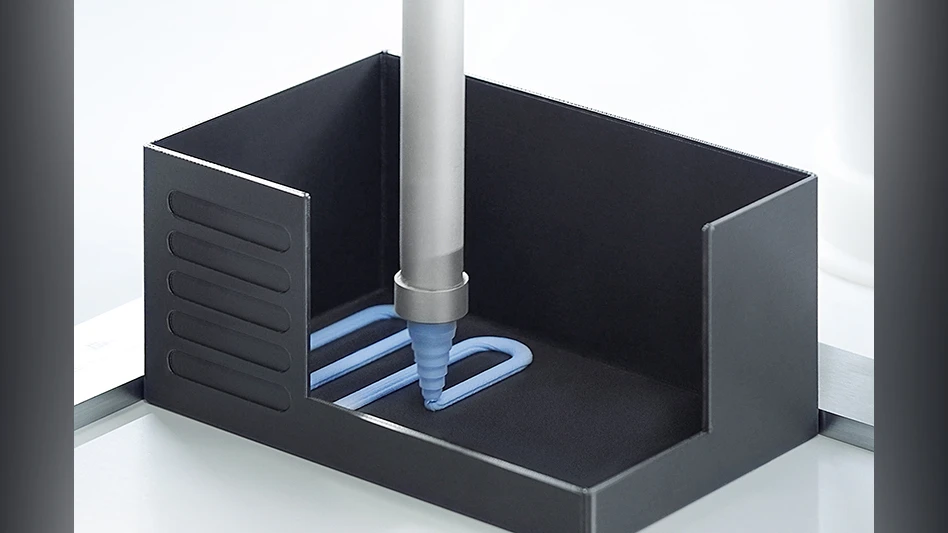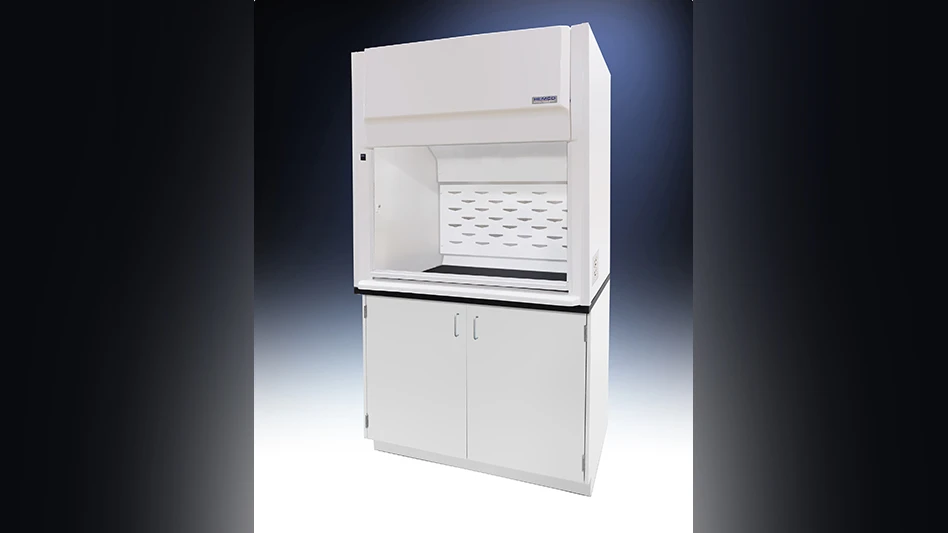
Minimizing inventory. Reducing waste. Increasing efficiency. Supporting customization. Improving productivity. The benefits of lean manufacturing – a production process based on mapping the value stream and beginning work only when there’s demand – are well-documented across multiple industries, including aerospace.
The approach is dependent on accurately forecasting demand, a complex proposition that relies on historical data, sales estimates, educated guesswork, and other factors. The current environment of supply chain shortages poses an additional set of challenges for any manufacturing process, including lean.
One solution for addressing concerns associated with lean manufacturing is Industrial Internet of Things (IIoT) technology, enabling lean manufacturing using data analytics. By providing plant managers and executives with detailed reports of manufacturing operations, IIoT accurately determines demand and maximizes lean operations.
Basics of lean
There are five core principles of lean manufacturing: value, mapping the value stream, creating flow, establishing a pull system, and perfection.
When determining value, it’s important to consider how much the customer is willing to pay for the final manufactured product. After determining and understanding the value to the customer, manufacturers analyze current processes, determine where waste can be eliminated, and set pricing acceptable to the customer and the company to maximize profits.
Mapping the value stream encompasses the entire life cycle of a product, meaning each stage of the production cycle should be analyzed to identify waste and areas of improvement.
Creating flow focuses on minimizing delays, eliminating waste, and removing barriers to make processes flow smoothly. This step is critical because it’s when processes should be broken down and reconfigured to level out workloads. Cross-functional teams are a key component of this activity for a complete understanding of processes.
One common theme among different types of manufacturing environments is that a push system is inefficient and causes waste. Establishing a pull system can free up storage space, shrink staging areas, and reduce the amount of inventory on hand. Because a pull system only requests items and materials as needed, processes become more efficient, and items aren’t produced until needed.
Additionally, perfection is the goal of lean manufacturing. It’s ongoing, achieved by focusing on continuous process improvements and incorporating a perfection mindset into the company’s culture.
Based on these five principles, a lean approach to manufacturing is one of the best ways to improve efficiency and profitability. There are multiple IIoT systems and devices available to aid in capturing metrics and key performance indicators (KPIs) and analyzing the data captured. This data can help with balancing lines, reducing labor, or reallocating resources to more value-added tasks. Since lean methodology is focused on improving quality, mistake-proofing becomes a habit of the process through continuous improvement initiatives. Using cross-functional teams for problem solving aids in determining root causes of issues with quality, efficiency, or safety.
Waste and how to fix it
Waste is a significant drain on profitability. Lean methodology is designed to eliminate waste within operations and is categorized into eight types: defects, excess processing, overproduction, waiting, inventory, transportation, motion, and non-utilized talent.
Defects are self-explanatory. When activities and steps aren’t properly documented or standardized, quality defects are more common due to improper machine maintenance, a lack of processes, variances in inventory, or poor quality control.
Excess processing, or having too many non-value-added processes going on, wastes time. It’s caused by poor communication, lengthy approval processes, redundant efforts with reporting or data collection, or inefficient management. Process mapping eliminates waste by analyzing and optimizing different workflows.
Overproduction happens when items are manufactured before they’re necessary, resulting in wasted or expired materials, a strain on storage and staging space, and additional personnel needed to move materials more frequently. A pull system can be implemented to reduce overproduction because materials are produced only as needed to optimize forecasting and production schedules.
Waiting is the opposite of overproduction and encompasses people, materials, machines, and other assets sitting idle. Lack of process control is one of the biggest factors when it comes to this form of lean waste. Improper or nonexistent processes lead to long, delayed staging times, downtime, and overtime, and higher costs for parts and labor. When operations aren’t running fluidly or efficiently, there can be abrupt starting and stopping of different processes which leads to personnel rushing to catch up as materials or resources become available. It causes quality issues.
Inventory can be considered waste when taking up warehouse space and causing excessive movement of parts from different storage areas. Excess inventory is caused by an overproduction of goods which has a direct correlation with other waste forms. With lean manufacturing, standardized minimum and maximum levels of inventory can be mapped to improve scheduling, purchasing, and forecasting.
Transportation waste is primarily caused by poor factory design. If factory floors aren’t mapped with lean methodology in mind, fuel and energy costs could be higher due to inefficient routing. Transportation waste can lead to waiting waste (inventory sitting on a shelf waiting to be used) and motion waste (when assets must move greater distances in the factory than should be necessary). Value stream mapping in the early phases of implementing lean thinking is important for eliminating transportation waste.
Motion doesn’t just refer to raw materials and inventory moving around the facility, it also involves personnel doing repetitive tasks. For example, when an operator picks a single order at a time, they’re likely to return to the same spot or container frequently over a short time span. However, if that same operator picks multiple orders at a time this motion waste can be reduced – saving time and money.
Non-utilized talent is the last form of waste. It’s the only form that isn’t manufacturing specific, as it addresses both management tactics and the environment and culture of the company. Eliminating waste can be achieved by providing adequate training, improving communication, and using an employee’s existing talents. These steps serve to maximize an employee’s contributions to the organization’s efficiency and provide them with career development.
Challenges to implementation
People are wary of change, which is important to understand to minimize struggles faced during lean methodology implementation. Ways to alleviate some resistance to change include ensuring an open line of communication between management and personnel. It’s important to outline new processes and explain how they’ll positively impact employees.
Personnel and expenses associated with the startup process are another challenge when moving toward lean. There’ll be a need for additional personnel – whether to temporarily back-fill positions for those pulled into the implementation team or hiring of new consultants – which incurs significant costs. Redesigning floor layouts, optimizing tugger and forklift routes, and moving from push to pull systems save money in the long run, but result in greater expenditures initially.
The role of IIoT
Moving into Industry 4.0, incorporating lean methodologies, and implementing IIoT-based data analytics are the future of manufacturing. The use of data is essential to maximizing the potential of Industry 4.0 and lean manufacturing.
There are several data collection systems that gather, track, and report important metrics and different KPIs associated with the manufacturing environment. Some IIoT platforms tie directly into a manufacturing execution systems (MES), enterprise resource planning (ERP), or warehouse management system (WMS) system via RESTful application programming interfaces (API) calls to pass data back and forth and provide additional monitoring of the manufacturing process.
Panasonic’s Logiscend Solution is an example of this technology, as it tracks and assesses material flow data over time across different plants, shifts, people, and processes. The data is used to track timing, send alerts, and provide enough details to allow for continuous process improvement. For example, a Tier-1 supplier of seating used data from the Logiscend system to achieve metrics such as 98.8% picking accuracy. The customer has also been able to use multiple modules to reduce line stoppages due to a lack of parts available.
As aerospace manufacturers grapple with issues such as digital adoptions, labor shortages, and supply chain disruptions, the combination of lean manufacturing processes and IIoT-driven data provides a smart solution.

Explore the August September 2022 Issue
Check out more from this issue and find your next story to read.
Latest from Aerospace Manufacturing and Design
- 2024 Favorites: #9 Article – 5 tips for upskilling your aerospace machinists
- 2024 Favorites: #9 News – Siemens acquires Altair Engineering
- 2024 Favorites: #10 Article – How 3D-printed aviation parts can accelerate return to air
- 2024 Favorites: #10 News – Boom Supersonic completes Overture Superfactory
- OMIC R&D hosts Supporting Women in Manufacturing Day 2024
- 4D Technology's AccuFiz SWIR interferometer
- Seventh Lockheed Martin-built GPS III satellite launches
- KYOCERA AVX's CR Series high-power chip resistor





